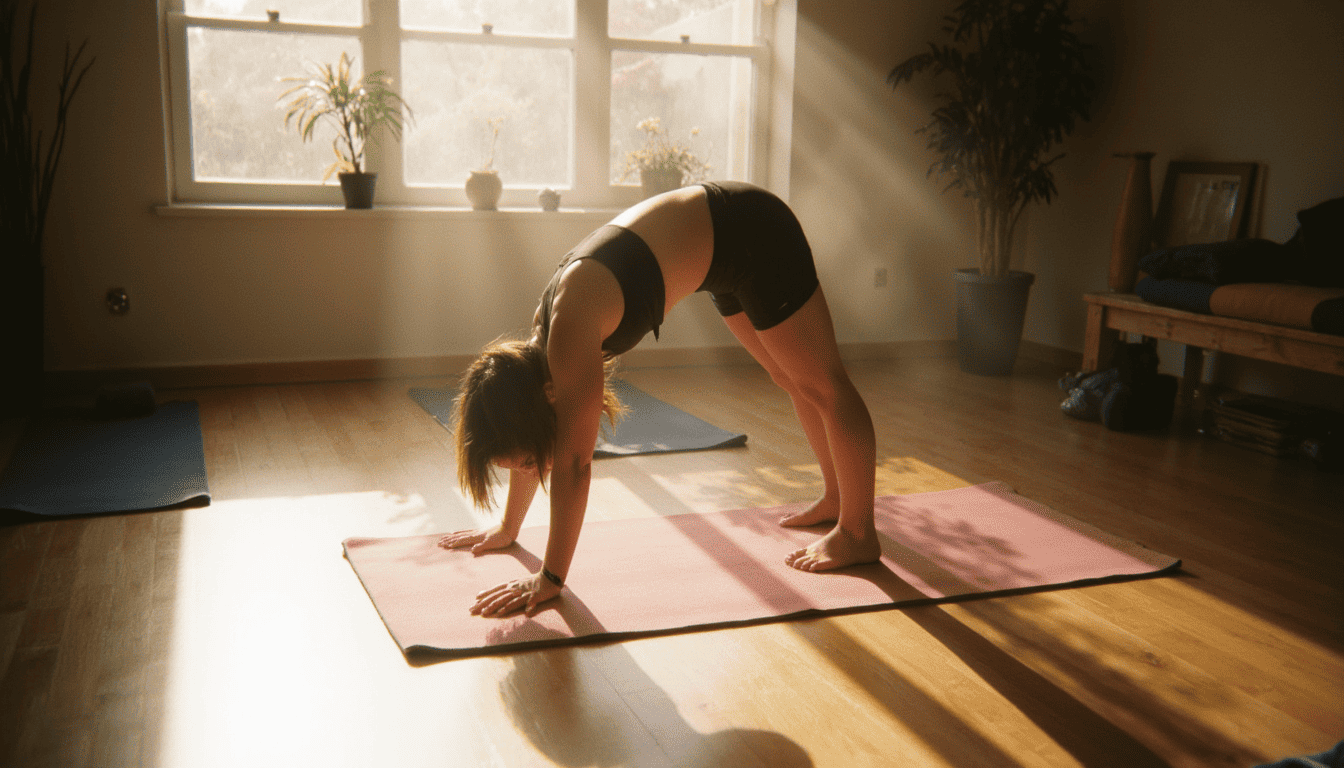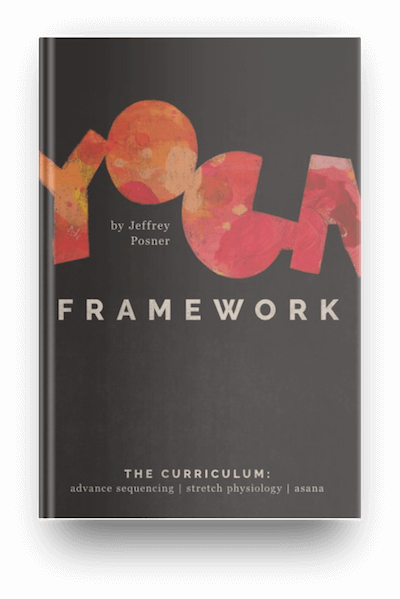from subreddit: yoga
Does it matter that my feet soles are not completely on the ground while doing downward dog? And which training helps do get them on the ground?
Read the full post: Here
Taking the leap into downward dog flexibility is a common concern among yoga practitioners. In the world of yoga, the idea of perfection is often less about achieving a picture-perfect pose and more about personal growth and mindfulness. Today, we explore whether it’s crucial for your soles to touch the ground in Downward Facing Dog (Adho Mukha Svanasana) and how training can help you improve this aspect of your practice.
Does Downward Dog Flexibility Require Heels on the Ground?
The short answer is no; your heels do not need to be on the ground for the downward dog pose to be effective. This is a reassuring fact, especially for beginners, as many factors affect one’s ability to achieve full heel contact. One primary reason is tightness in the hamstrings or calf muscles. Therefore, it is more important to focus on proper alignment and muscle engagement to gain the most benefit from the pose.
For many yoga practitioners, the modification of bending the knees slightly can be particularly helpful. This adjustment allows the body to ease into the pose and prevents unnecessary tension in the hamstrings and calves. Consequently, you’re able to focus on achieving a comfortable stretch while reaping the benefits of the pose, which include stretching the spine and strengthening the arms and shoulders.
Understanding the Importance of Proper Alignment
Proper alignment in downward dog flexibility is crucial. The alignment not only ensures effective stretching but also protects the body from strain. Most importantly, maintaining a focus on hip-distance placement for the feet, and activating the quadriceps, helps distribute the weight evenly. On the other hand, neglecting alignment might lead to discomfort or injury, especially for beginners.
Steps to Enhance Downward Dog Flexibility
If you’re determined to touch your heels to the ground, consistent practice and patience are key. Here are effective strategies to enhance flexibility in the downward dog pose:
Engage in Regular Stretching
Incorporating regular stretching into your routine can significantly impact your progress. Consider poses such as Uttanasana or Paschimottanasana, which engage the hamstrings and calves. As a result, these stretches gradually improve your flexibility, making it easier to achieve heel contact in Downward Dog.
Modify Your Approach
Remember, modifications are not cheats—they’re vital adjustments that accommodate your body’s needs. For instance, keeping the knees slightly bent can offer relief, allowing you to enjoy the pose without strain. This modification supports your downward dog flexibility journey by reducing hamstring and calf tension.
Integrate Progressive Flexibility Exercises
Incorporating calf raises and leg swings into your fitness routine can also aid in loosening tight muscles. These exercises complement your yoga practice by progressively enhancing flexibility in the lower legs. Over time, you may notice a significant improvement in how close your heels get to the ground.
Consistency in Practice: The Key to Mastery
In the journey towards achieving downward dog flexibility, consistency plays a pivotal role. Regular yoga practice allows your body to gradually adapt to the stretches, improving both flexibility and strength. Moreover, patience is just as crucial. Flexibility does not happen overnight; it’s the result of persistent practice and dedication.
For deeper insights into yoga alignment and helpful modifications, resources like Liforme and Yoganatomy offer valuable guidance and support.
Key Takeaways
To sum up, while having your heels touch the ground in Downward Facing Dog may seem desirable, it’s not necessary for a successful yoga practice. Focus primarily on proper alignment and the engagement of muscles to maximize the benefits of the pose. By integrating regular stretching routines, modifying approaches when needed, and being consistent, you can progressively work towards achieving greater flexibility.
Join the conversation and share your thoughts on Reddit. Feel free to explore more tips and insights that can elevate your yoga journey!

